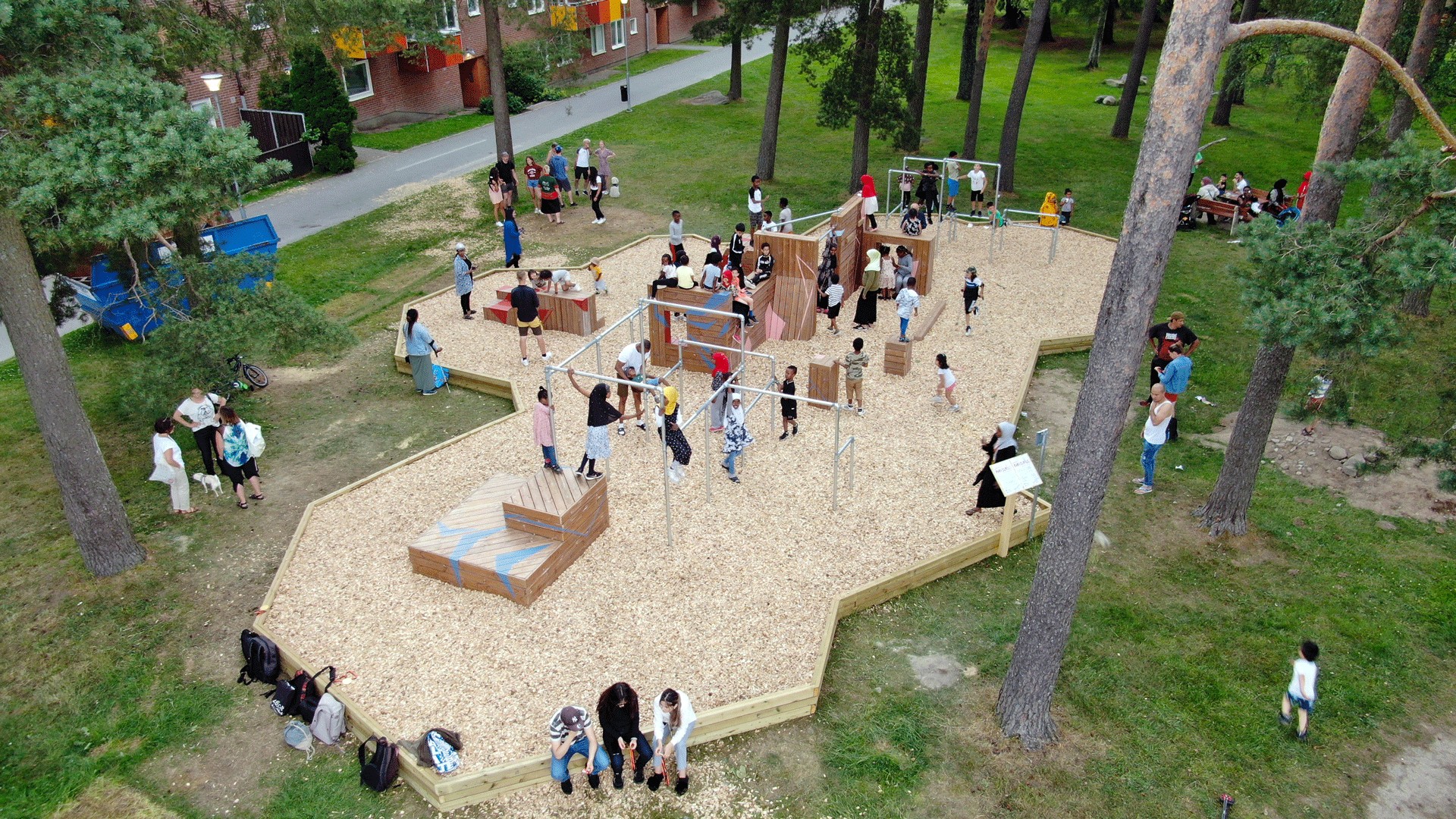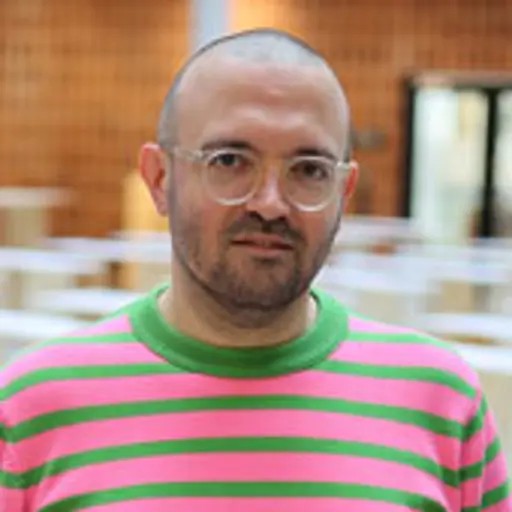When spring temperature rises and the rays of sun lingers, the Gothenburgers come outside again, a fact obvious to those who visit Bergsjön's parkour park, built by Chalmers students with the help of young summer working residents in the summer of 2021. A project with many aspects to keep track of: The structures in the park needs to be sturdy and the parts support each other, the surface needs to be soft to prevent fall injuries, and the materials used must be robust and durable to withstand stress from play and from the weather.
Building value in different aspects
Dare to Build is a summer course for architecture and civil engineering students that aims to offer a common and experimental learning platform, and at the same time contribute to a positive local development in poor suburban areas. Emilio Da Cruz Brandao, teacher in the course, is an Artistic lecturer at the department of Architecture and Civil Engineering and behind much of Chalmers' work in the city’s northeastern districts.
– For the students who participate, i think the biggest benefit is that they are challenged to think outside of their usual ways and working methods. The architects and engineers are pushed to think and work together. They also get a direct connection to something that is built and becomes permanent, and the lessons are connected to a complicated and reality grounded decision-making process, says Emilio.
He believes that it is important for the long-term nature of the project to have a party that takes responsibility for managing what is built so that the value for users remains over time. Other values are created by the mere presence of Chalmers, giving the local community a perhaps somewhat difference image of what Chalmers is about, and not least by challenging the participating students.
Co-creation from idea to completed structure
The work with the parkour park began in the autumn of 2020, when the master's students in the studio "Design and planning for social inclusion" started with surveys and design workshops to develop concepts for play and movement. Their plan was realized during the summer course Dare to Build. The final design of the parts of the park has been created with the support of a parkour expert, a landscape architect, designer and teachers at Chalmers. Collaboration to a very high extent as it is not just about collaboration between architecture and engineering students, but with professional experts, local residents, the public sector at the same time as learning outcomes are met and benefits for society are created.
More than a park
However, the need to build a park for a sport that generally is based on using existing areas in the urban environment was not entirely obvious at the beginning.
– We asked ourselves the question of the benefits of the park initially, but what we developed and built is a training area with specific tools to be able to train actions and movements in a safer and more controlled environment, to then be able to use the skills in the urban environment, explains Emilio.
From a socio-economic perspective, parkour has certain advantages over other sports as it can be practiced outdoors, all year round, alone as well as in groups and without loose gear or special equipment. Parkour practitioners can also be seen as a resource for the local area, as they populate places that might otherwise be deserted. Aspects that rhyme well with Design and Planning for Social Inclusion and its purpose: to provide knowledge about challenges, and opportunities for development in the 60’s and 70’s suburban areas, with social aspects of sustainable development and civic participation as specific focus areas.
Read more about the Master program Architecture and planning beyond sustainability.

